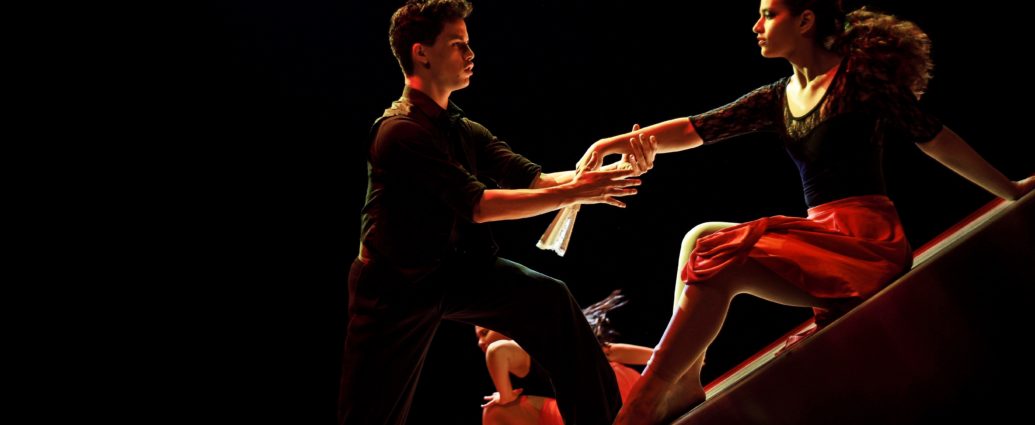The nature of certain hobbies has allowed for them to prosper during the pandemic, with sales of the likes of jigsaws, craft equipment, and flour having skyrocketed. Partner dancing however, is quite a different story.
Ballroom dancing is laced with technique that was born in different periods of history and has simply stuck. Followers stand to the leader’s right for example, as the leader would typically have had a sword on his other side. The gorgeous shape that a follower makes in stretching to the left is said to stem from a lack of bathing opportunities when the sport was in its earlier days, and keeping your nose at a distance was in a dancer’s best interests given that deodorant had yet to be invented.
Everything is shaped by the time in which it exists, with some habits becoming tradition and others fading away as new fashions take their place. One trend that is unlikely to stick beyond its time has been brought to us by the coronavirus pandemic: stay two metres away from your partner at all times.
As with all performance arts and sports, and in fact the entirety of society as we know it, ballroom and Latin dancing was ungracefully shunted onto the likes of Zoom as social distancing tore us out of our studios and, for the most part, away from our partners. Coaches suddenly faced the unenviable task of teaching online, and the concept of normal dance classes vanished. Never before has there been such a waft of nostalgia for having your dance frame yanked into place for the eighth time mid-routine, or the brief but piercing pain of your partner’s heel crashing into your toe as you attempt to Foxtrot.
Even when practice does resume in the UK – as it has slowly started to across Europe – Covid-19 will continue to permeate the dance world well beyond the next couple of months. Take competitions for example, which attract couples from all corners of the globe. Theoretically social distancing could be implemented among spectators, but few dancers would rate their floorcraft (the art of dodging other couples as you dance) so highly that they could guarantee a distance of at least two metres at all times. Right from professional championships down to the grassroots of children’s competitions and beginners on the university circuit, there is always the possibility of the odd collision or two. Social salsa classes may pose even more of a threat, for there could be no art form quite as optimal for spreading an infectious disease as the partner-swapping nature of dancing a Rueda.
Aside from dancing while holding screens or re-partnering with a piece of household furniture – videos of both of which are available online* and are highly recommended viewing – many ballroom dancers have found themselves feeling somewhat bereft attempting to train without their other halves.
In the grand scheme of a global pandemic, some may argue that an activity like dancing isn’t a high priority when it comes to reinstating a sense of normality. There are plenty of others however, for whom dance is a livelihood, a means of enriching both physical and mental health, and a love that without which, life just doesn’t seem to sparkle in quite the same way. For now, there’s no option but to throw ourselves into practising as best we can – living room space and newly busy Facetime schedules permitting – with the knowledge that when we do get ballroom and Latin back, that first Waltz or Cha will likely be technically horrendous, but also one of the best we’ve ever danced.
* Quinn B Wharton decided to use his time in lockdown to recreate the classic final dance from Dirty Dancing, but had to make an amusing compromise given that he is living alone, while Rob Rijk coined the term ‘Plexitango’ for his solution to dancing at a distance.
Hannah Ward – Glenton
Featured image courtesy of Daniel Tong on Unsplash. This image has in no way been altered. Image license is available here.


1 Comment